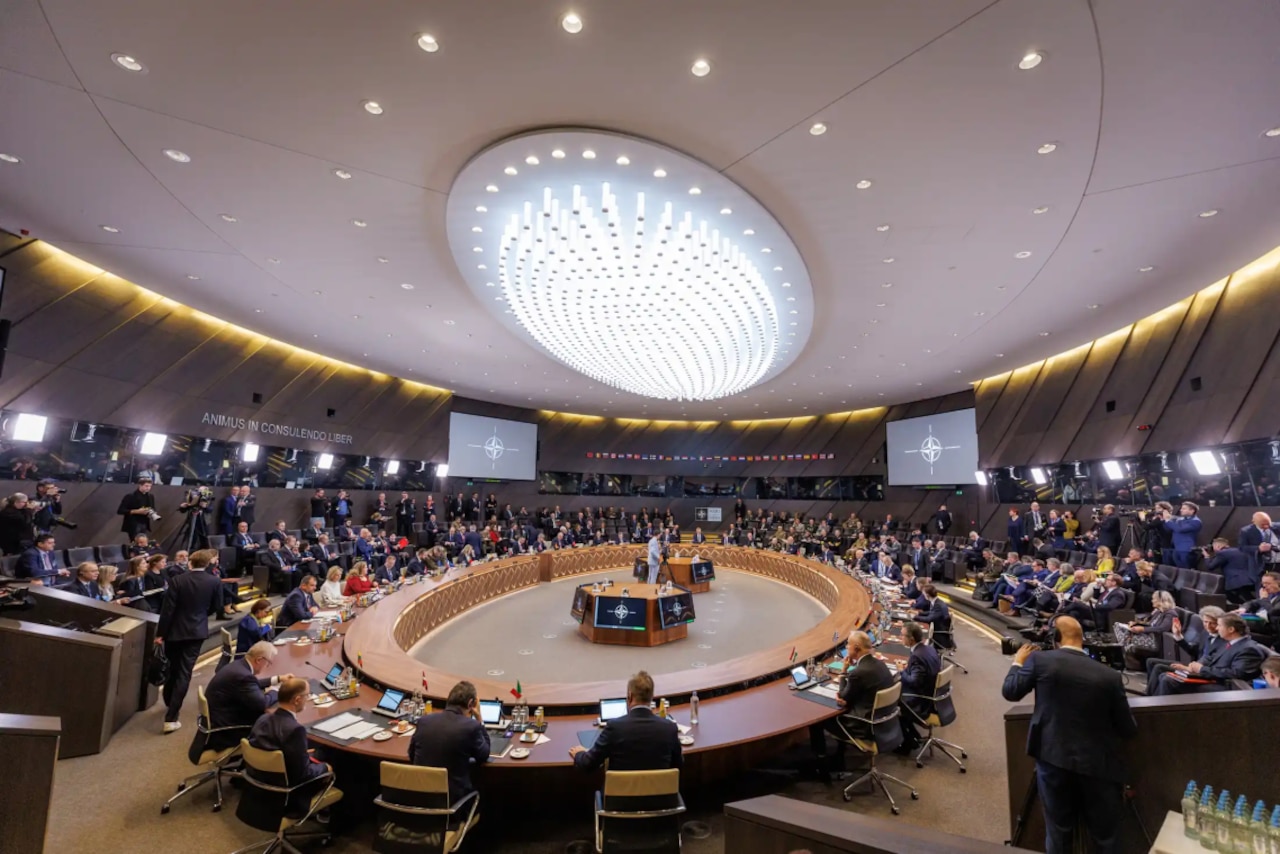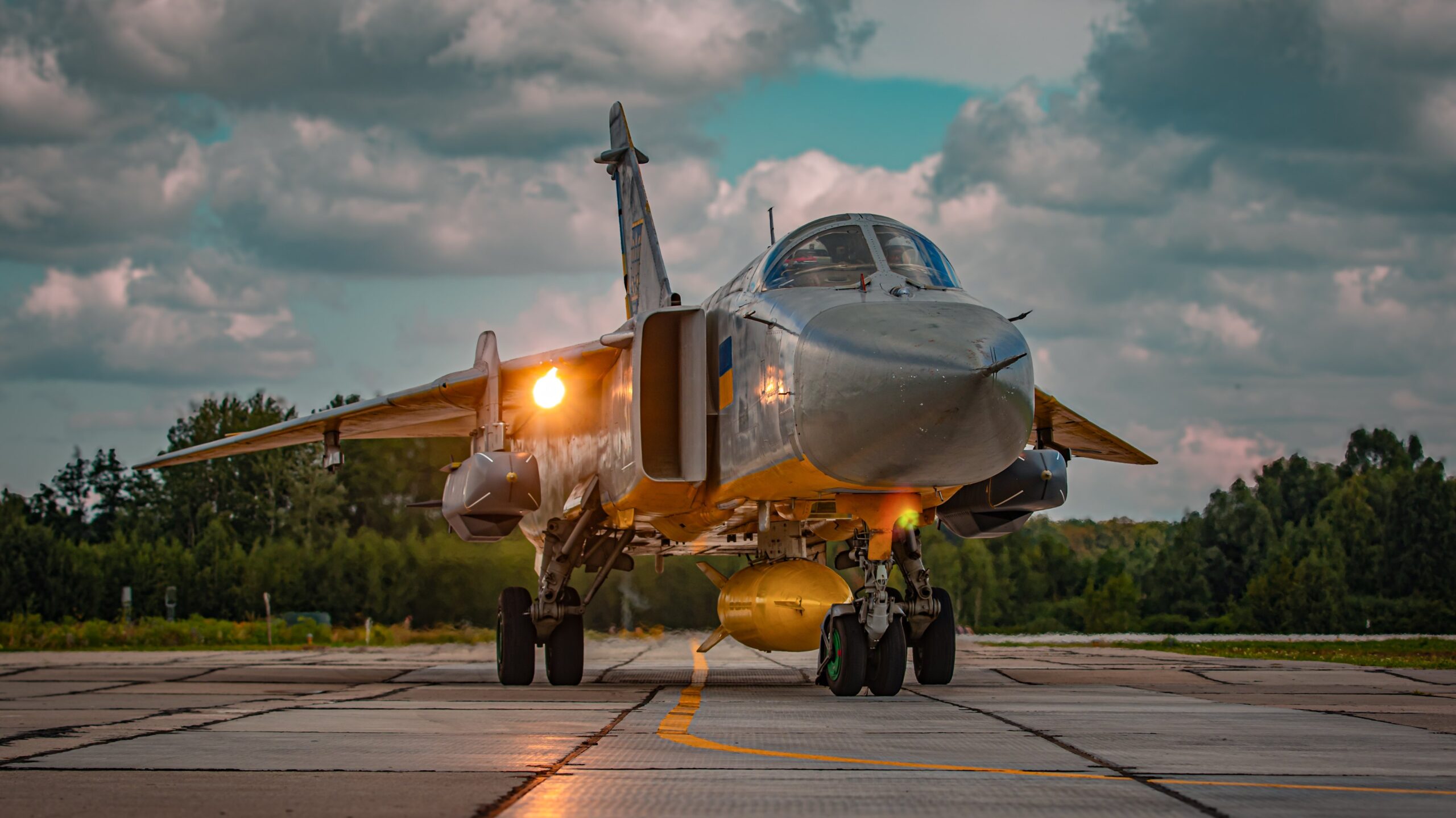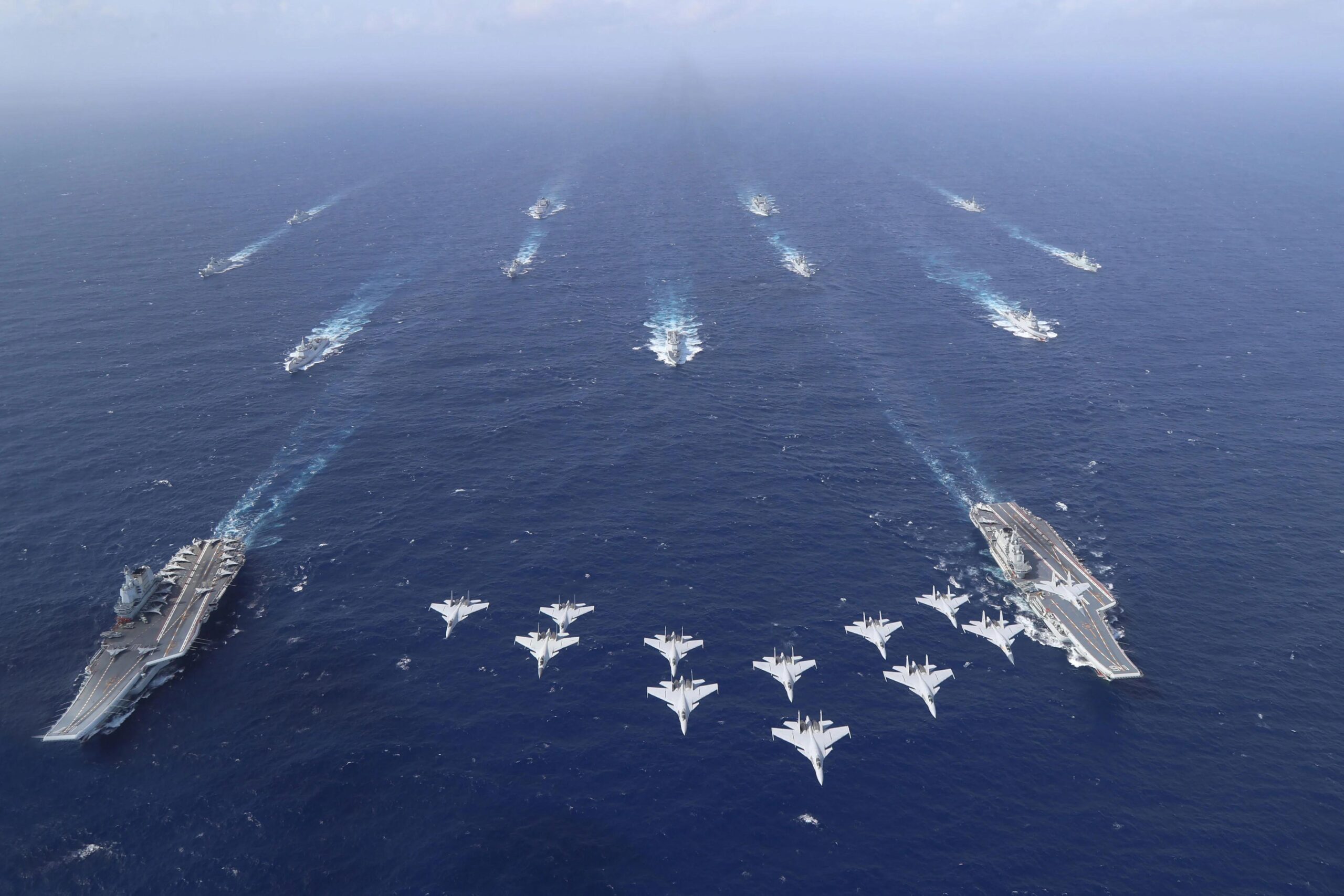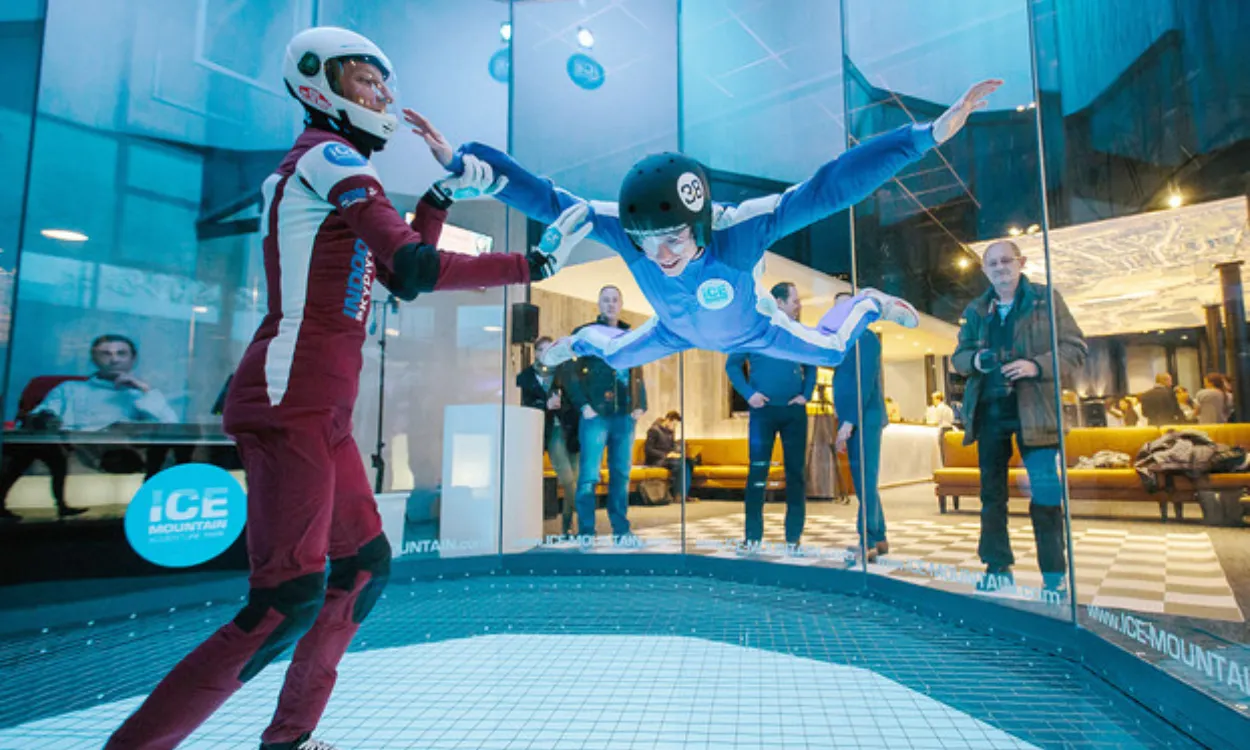Steps to secure NATO and aid Ukraine were at the heart of discussions defense ministers held at NATO headquarters today, said alliance leader Secretary General Jens Stoltenberg.
The defense ministers also discussed the general security environment almost two years since the Russian invasion of Ukraine. “We can never take peace for granted, but we do not see any imminent military threat against the alliance,” Stoltenberg said. “NATO continues to ensure there is no room for miscalculation in Moscow about our readiness to protect all allies.”
Since Russia first invaded Ukraine in 2014, the NATO allies have significantly strengthened the alliance’s deterrence and defense. NATO leaders agreed to revamp alliance defense plans at the Vilnius summit in Lithuania last year, and the defense ministers reviewed those steps in preparation for the summit in Washington in July. That summit will mark the 75th anniversary of the Washington Treaty that established the defensive alliance.
At today’s meeting, the ministers were briefed about NATO’s Exercise Steadfast Defender, the largest NATO exercise in decades. About 90,000 service members from the 31 allies and Sweden are participating. The exercise, which began Jan. 24 and continues for four months, aims to test the new defense plans and the ability of the alliance “to swiftly move forces across the alliance to defend our eastern flank,” Stoltenberg said.
The defense ministers “accelerated work on resourcing our new defense plans and strengthening our transatlantic defense industrial base,” the secretary general said. “This requires investment, and we are on the right track. I expect 18 allies to spend 2% of their GDP on defense this year, a six-fold increase from only three allies in 2014.”
The European allies and Canada are on track to spend $380 billion on defense in 2024, which is 2% of the combined gross domestic product of those countries. “We still have a way to go, but we have already made historic progress,” he said.
The defense ministers also discussed moves to ramp up ammunition production to resupply NATO nations and continue to support Ukraine. “We need to shift from the slow pace of peacetime to the high-tempo production demanded by conflict,” he said. “To do that, manufacturers need signed contracts, and just in the past few months, NATO has agreed to contracts worth $10 billion. This helps Ukraine, makes NATO stronger, and provides more highly skilled jobs in Europe and North America.”
Stoltenberg said the ministerial featured a meeting of the NATO-Ukraine Council.
The ministers heard from Ukrainian Defense Minister Rustem Umerov, who briefed them on the latest developments on the ground. They also discussed the importance of continued support. “Just in the past few days, we have seen new packages of aid announced by allies, including Canada, Finland and Norway,” Stoltenberg said.
These packages include F-16 equipment and spare parts and air defense capabilities. “A group of allies is coming together with the goal of delivering one million drones to Ukraine,” he said. “Twenty NATO allies have also agreed to form a demining coalition. All of this will help to save Ukrainian lives.”
Since Russia’s invasion, the United States has provided Ukraine with around $75 billion in military, financial and humanitarian aid. “Other NATO allies and partners have provided over $100 billion,” the secretary general said. “So, our support is an example of true transatlantic burden-sharing, and it is making a real difference every day.”
Stoltenberg announced that the defense ministers agreed to place a new NATO-Ukraine Joint Analysis, Training and Education Center in Bydgoszcz, Poland. “It will allow Ukraine to share lessons learned from Russia’s war,” he said. “And it will create a structure for Ukrainian forces to learn and train alongside their allied counterparts.”





















Discussion about this post